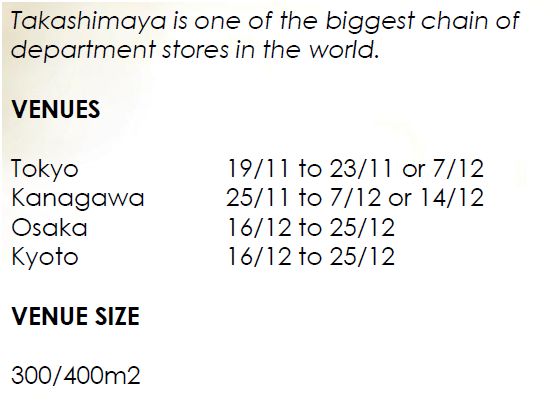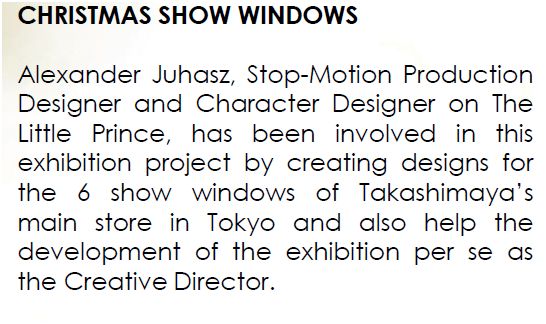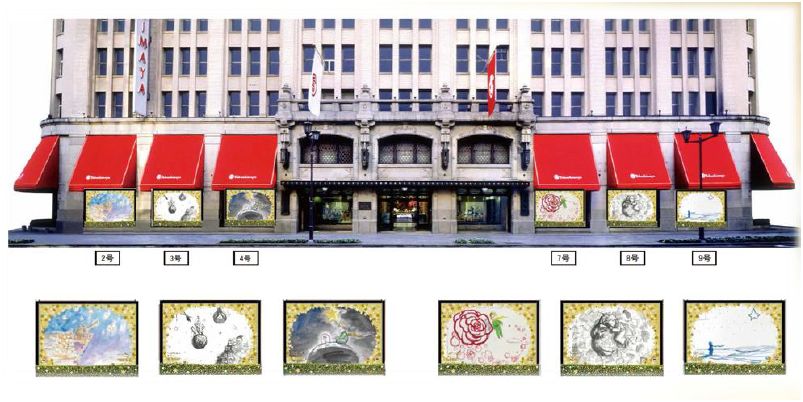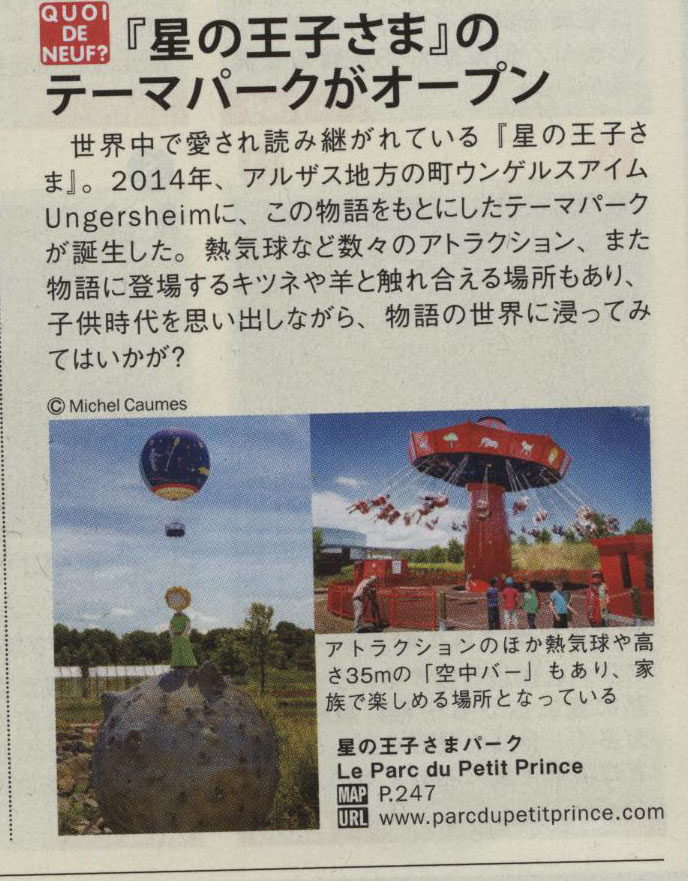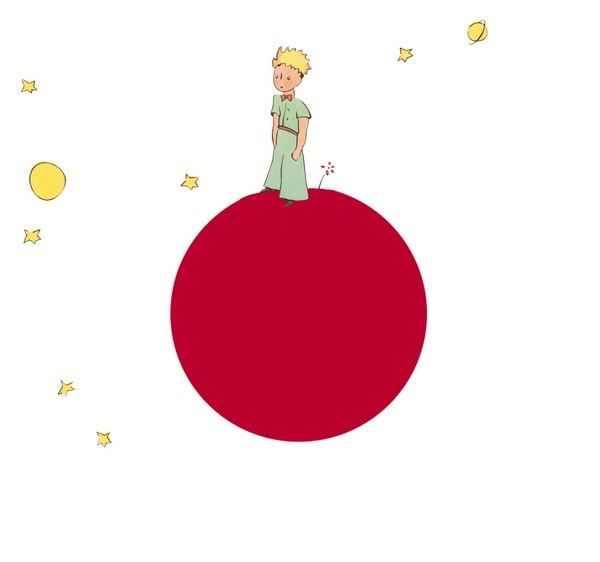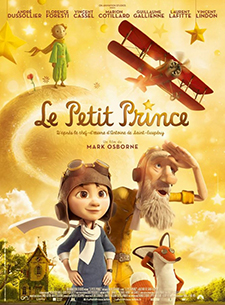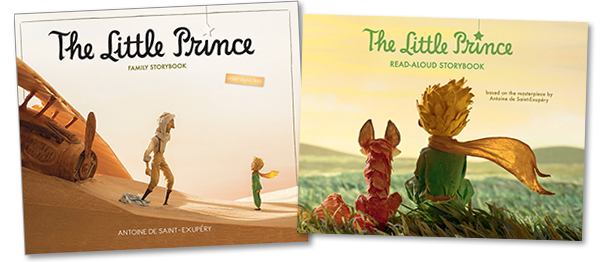Search Results for: japan
The Little Prince in japanese travel books
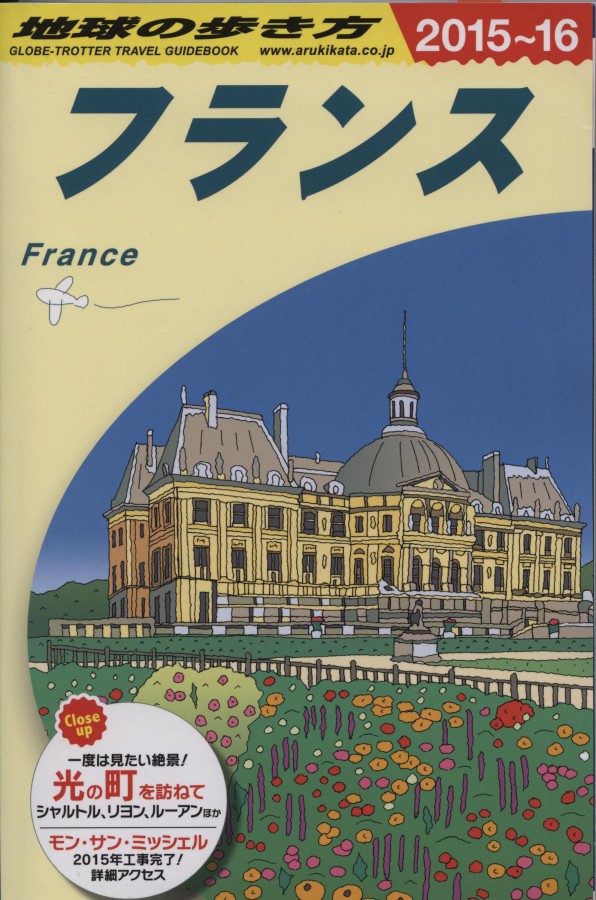
The Little Prince shop already appeared in Aruco. This time, the Little Prince Park appeared in another japanese travel book.
News from Japan…
 Friends of the Little Prince, we have received a letter from a friend in Japan. His name is Hiroshi Mino, and he has translated The Little Prince into Japanese and written a number of books on the meaning of the story. In response to…continue reading →
Friends of the Little Prince, we have received a letter from a friend in Japan. His name is Hiroshi Mino, and he has translated The Little Prince into Japanese and written a number of books on the meaning of the story. In response to…continue reading →
The Little Prince weeps for Japan
 No need to remind you of the painful events unfolding in Japan. The Little Prince (Oshino Ojisame, the Prince from the Stars, in Japanese) has very close ties to a country that boasts no fewer than thirty different translations of Saint-Exupéry’s tale. It is also the country where numerous researchers, including Hiroshi Mino, a university professor to whom we feel very close, have dedicated so many works to the Little Prince and his author.…continue reading →
No need to remind you of the painful events unfolding in Japan. The Little Prince (Oshino Ojisame, the Prince from the Stars, in Japanese) has very close ties to a country that boasts no fewer than thirty different translations of Saint-Exupéry’s tale. It is also the country where numerous researchers, including Hiroshi Mino, a university professor to whom we feel very close, have dedicated so many works to the Little Prince and his author.…continue reading →
The Little Prince store in Japan…
Once visitors to the Little Prince motorway service station at Yorii are relaxed and refreshed, they can take the opportunity to visit a small stand offering a range of Little Prince products. Bearing in mind that the Little Prince is a popular icon in Japan, right up there with characters from Miyazaki’s films (Laputa, Kiki the apprentice witch, Princess Mononoke et al), it will come as no surprise to see a selection of objects closely related to the character: the baobab, the rose, soft toys, mouse pads and even leather goods. The Little Prince is a much-loved hero in Japan, as the photos below clearly illustrate.
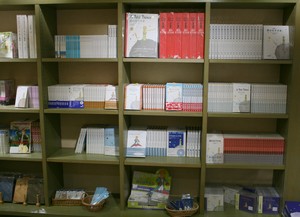 |
 |
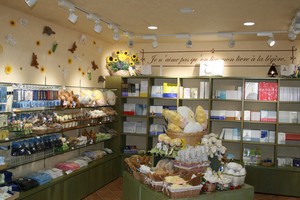 |
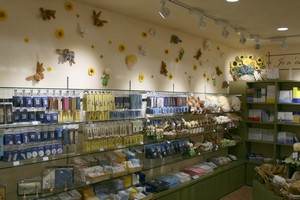 |
 |
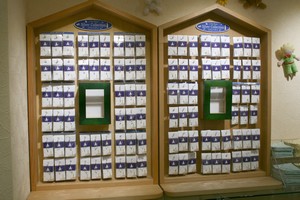 |
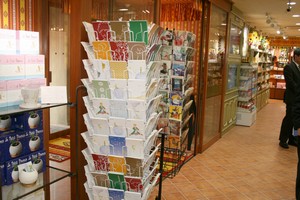 |
 |
 |
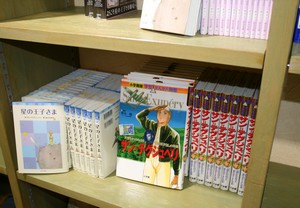 |
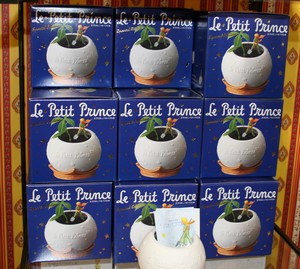 |
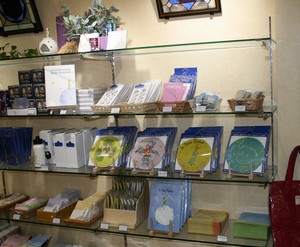 |
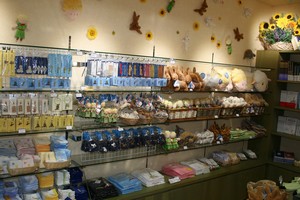 |
 |
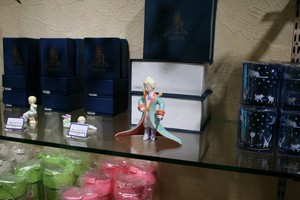 |
 |
Explaining Saint-Exupéry’s Paris to Japanese visitors
|
Saint-Exupéry and his Little Prince are popular icons in Japan. And Paris is one of the preferred destinations for Japanese tourists. The Musée de France website specially designed for Japanese visitors features a map of « Saint-Exupéry’s Paris ».
Following the guide created by Yoko Masuda, tourists can visit key places in the life of the writer. |
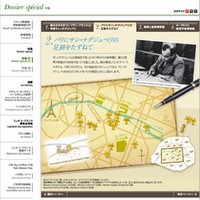 |
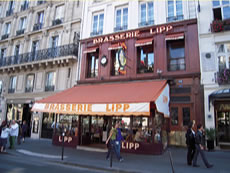 |
Saint-Exupéry came to Paris in 1917, more specifically to Saint-Germain des Prés. In 1920, he signed up to audit courses at the architecture department of the Ecole des Beaux Arts art school. His favourite haunts were Brasserie Lipp (151, Boulevard Saint-Germain, Paris VI) or La Coupole, two spots where the young Antoine enjoyed writing and meeting friends. |
| Yoko Masuda guides Japanese tourists to places that were important to Saint-Exupéry, like the apartment of his friend Captain Priou (12, rue Petit, Paris XIX) or the studio (24, rue Barbey-de-Jouy, Paris VII) that he rented in 1938 for his wife Consuelo. | 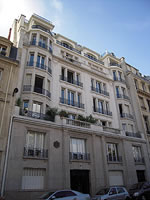 |
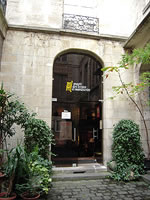 |
The web guide is also a panorama of all the venues that celebrate the author of The Little Prince. Yoko Masuda invites his fellow-countrymen to visit the Panthéon and track down the inscription in honour of Saint-Exupéry, or Le Bourget airport, from which the aviator took off in1935 on his bid to beat the Paris-Saigon flight record and, above all, the Musée de l’Air et de l’Espace with its dedicated IWC/Saint-Exupéry section that takes the visitor deep into the life of the pilot.
For friends of the Little Prince, the collection at the Musée des Lettres et Manuscrits includes the manuscripts of Les lettres à l’inconnue – (letters to an unknown) and Au centre du desert (in the centre of the desert), the central chapter of Wind, Sand and Stars.
Friends from Japan, welcome to the Paris of Saint-Exupéry! |
Find out more: Musée de France (site in Japanese).
Visit to Japan
 Let\’s find out more about a travelling exhibition in the land of the rising sun, on the subject of The Little Prince and Antoine de Saint-Exupéry…
Let\’s find out more about a travelling exhibition in the land of the rising sun, on the subject of The Little Prince and Antoine de Saint-Exupéry…
The exhibition was unveiled for the first time on 24 April in the Ginza Matsuya department stores in Tokyo. It presented the Japanese with an unusual view of The Little Prince in the form of 15 giant animated books representing the work\’s main themes and revealing some of its secrets.
The Museum of the Little Prince in Japan
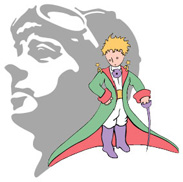 Hakone, a small town with a population of 15,000 inhabitants not far from Mount Fuji, is home to the Museum of The Little Prince. Opened in 1999, the museum is also dedicated to the Little Prince’s creator, and takes the visitor deep into the world of Saint-Exupéry and his times.
Hakone, a small town with a population of 15,000 inhabitants not far from Mount Fuji, is home to the Museum of The Little Prince. Opened in 1999, the museum is also dedicated to the Little Prince’s creator, and takes the visitor deep into the world of Saint-Exupéry and his times.
The museum covers an area of 10,000 m² and is entered through an exact replica of the great gate to the Chateau of Saint-Maurice-de-Rémens, where the visitor is confronted by a statue of The Little Prince on his planet. The visit begins with a tour of a Provençal quarter, where every detail is heavy with symbolism, such as the hotel named after Guillaumet or the manhole covers stamped with drawings of The Little Prince. A little further on, we find a Lyons street circa 1900, representing the year and the place of Antoine de Saint-Exupéry’s birth. This is also where you will find the museum that retraces the life of the aviator in a series of rooms devoted to his childhood, l’Aéropostale, Cap Juby, Argentina, New York, etc. The walls are covered in period photographs, documents and manuscripts in the author’s hand. The next stage in the visit is an exhibition of translations of The Little Prince. Finally, the visitor comes to the formal gardens and a life-size reconstruction of the facade of the Chateau of Saint-Maurice-de-Rémens.
These are just some of the countless surprises the Museum of The Little Prince in Hakone reserves for visitors, not forgetting the « Consuelo de Saint-Exupéry » rose-garden or the chapel, inspired by the chapel of the original chateau. In just six years, the museum has already attracted over a million visitors. But how and why did such a museum come into being in Japan? It was founded by Mrs. Akiko Torii in 1999, to mark the centenary of Antoine de Saint-Exupéry’s birth. Like so many of us, she discovered The Little Prince as a child. The book inspired her with a passionate admiration for the aviator. She later became the Saint-Exupéry estate’s representative in Japan.
Find out more:
Interview with Akiko Torii and guided tour of the Museum of The Little Prince (in french)
Museum of The Little Prince, Hakone
The Little Prince – The movie !
A classic of French children’s literature is soon to make its silver screen debut. The computer and stop-motion animation adaptation of The Little Prince opens in U.S. theaters on March 18, after its French release last summer (the film has since been released in numerous other countries as well). The American version features a star-studded cast, including James Franco, Rachel McAdams, and Jeff Bridges; it was directed by Mark Osborne.
The French novella by Antoine de Saint-Exupéry tells the fable-like story of an aviator who crash-lands in the Sahara desert, where he meets a tiny prince who hails from an asteroid. The film does not directly follow the plot of the original story, however, and instead uses a framing structure – a trend seen among other recent children’s book adaptations, such as the Goosebumps movie. The film’s frame introduces a child known only as The Little Girl, who lives in a world consumed by order, efficiency, and which shuns childlike things. The Little Girl’s perfectionist mother (McAdams) holds her to a regimented schedule, which is disrupted when an eccentric, elderly neighbor and former aviator (Jeff Bridges), befriends her. He recounts to her the story of meeting a tiny prince in the desert. As his story unfolds, The Little Girl is swept along with it.
While The Little Prince indelibly belongs to his country of origin (an image of Saint-Exupéry and The Little Prince were even featured on the 50-franc note), somewhat like Ludwig Bemelmans’s Madeline, Saint-Exupéry’s eponymous character also has New York roots. In 1940, during WWII, Saint-Exupéry was exiled to America. He lived in Manhattan and on Long Island, writing The Little Princein 1942. American publisher Reynal & Hitchcock first published it both in French and in English in 1943; Editions Gallimard published the book in France in 1946.
Despite its fantastical elements, the story of The Little Prince is also based somewhat on Saint-Exupéry’s experiences. A pilot himself, the author crash-landed in the Sahara during a Paris to Saigon air race in 1935, and based the book partially on that experience (the Little Prince comes from Asteroid-B-612; the serial number for one of his planes was A-612). Saint-Exupéry’s tragic early death in 1944 – after returning to fight with the Free French Air Force, his plane disappeared somewhere over the Mediterranean – also arguably contributes an air of mystery and melancholy to the story of The Little Prince.
The Little Prince: A Blockbuster Book?
One need only scroll through the official Little Prince web site, to recognize the international appeal of the story. Each Friday, fans across the world post their Little Prince fan art, which include paintings, drawings, cakes, sculptures, and other works inspired by Saint-Exupéry’s story. The site offers Little Prince-related news from countries including China (the site notes that the Chinese “are great fans of The Little Prince”), Japan (there is a Little Prince museum in the town of Hakone), Spain, Brazil, and the United States. The forum offers a look at Little Prince-related academic studies (including a dissertation on the meaning behind the book) and even a gallery of Little Prince “ink.” According to the Little Prince web site, the book has sold 150 million books worldwide, has 280 official translations, and globally has 150 licensees. Late last year, Houghton Mifflin published The Little Prince Family Storybook and The Little Prince: Read-Aloud Storybook, additions to the Little Prince oeuvre that contain art from the film, and which may draw a new audience to discover the original book.
Christine Nelson, Drue Heinz curator of literary and historical manuscripts at the Morgan Library and Museum, shared some thoughts with PW about The Little Prince and its global appeal. Having curated the Morgan’s 2014 exhibit, “The Little Prince: A New York Story,” Nelson witnessed what she called “the passionate public response” from American visitors to the exhibit. In contemplating the reasons why the book is so esteemed in so many countries, Nelson said: “This book has a simple, graceful message that cuts across age, language, and culture: what is most important is invisible to our eyes, and what matters most in life is forging bonds with other people.”
Nelson also noted the book’s underlying complexity that allows individuals to uncover more and more as they reread it. She added that “children may respond to the way the narrator conspires with them as he points out the strange ways of adults; teenagers often respond to the poignant depictions of loneliness and isolation; older readers may return to the book and discover the unusual blend of melancholy and hope that pervades it.”
Early reviews of the film are positive (Variety called the movie “a consistent visual treat” that “always echoes Saint-Exupery’s core theme of looking at the world through the hopeful, uncorrupted eyes of a child”).
And the box office numbers speak for themselves – not just in France but in areas like China, Poland, Brazil, and Mexico. In fact, late last year, UniFrance declared The Little Prince “the most successful French animated film abroad to date.”







